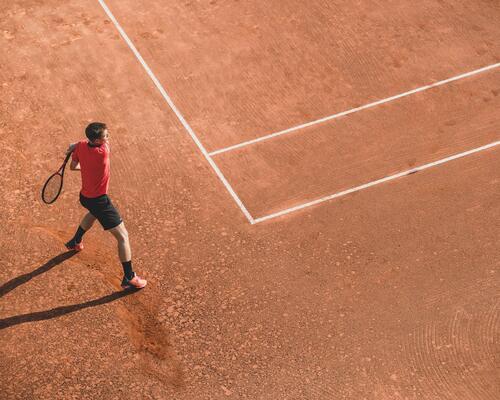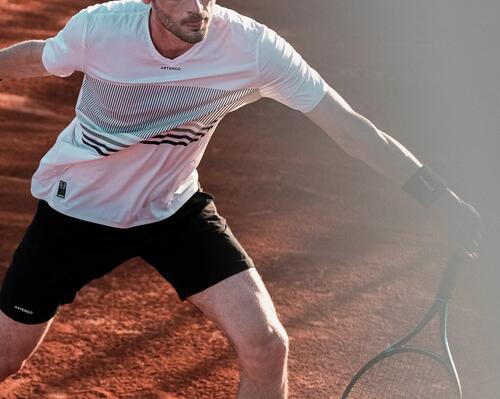Exercise 1: go slide!
Move sideways, from one sideline to the other, ending each run with a slide, then taking a stroke through the air.
The more intensity you put into the exercise, the more you'll work your cardio. The ideal would be to string together 3 or 4 sets of 10 round-trips.
Once you've finished those sets, you can take your racket and do the same exercise but hitting the ball after each slide. Same number of round-trips per set.
You can do any number of sets based on your fitness level. The main goal is to master your slides.
Happy sliding!







